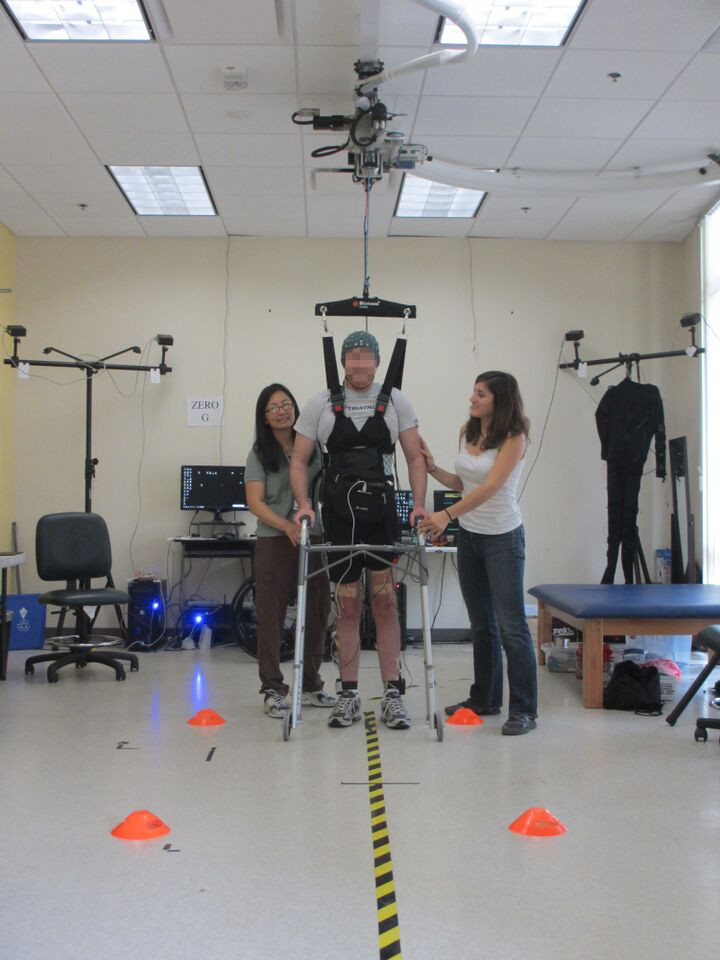Watch man paralysed for five years walk again using his own brain power [Video]
A paralysed man has walked again using his own brain power, scientists have announced. The man was able to walk 3.66m using an electroencephalogram (EEG)-based system that takes electrical signals from the person's brain and sends them down to electrodes around the knee to create movement.
Scientists from the University of California say their study, published in the Journal of NeuroEngineering and Rehabilitation, shows it is possible to used direct brain control to get a person with paralysis to walk again. The say it is the first time a person with complete paralysis in both legs due to a spinal cord injury has walked without manually controlled robotic limbs.

The 26-year-old man had been paralysed for five years. He was trained to operate the EEG system and underwent muscle reconditioning so he was able to stand and walk. He wore an EEG cap to read his brain waves. Initial tests involved the participant walking while suspended above the ground, so he did not have to support his own weight.
However, over the weeks he was able to translate this ability to walking on the ground, wearing a body-weight support system to protect him from falls. Over the 19 weeks, he was able to perform 30 walking tests, showing he could operate the system with verbal cues.
In addition, the researchers found the man was able to carry out light conversation during the experiments without interfering with the system, indicating the restoration of basic walking is feasible.
An Do, one of the lead researchers, said: "Even after years of paralysis the brain can still generate robust brain waves that can be harnessed to enable basic walking. We showed that you can restore intuitive, brain-controlled walking after a complete spinal cord injury. This non-invasive system for leg muscle stimulation is a promising method and is an advance of our current brain-controlled systems that use virtual reality or a robotic exoskeleton."
Zoran Nenadic, senior lead researcher on the study, added: "Once we've confirmed the usability of this non-invasive system, we can look into invasive means, such as brain implants. We hope that an implant could achieve an even greater level of prosthesis control because brain waves are recorded with higher quality. In addition, such an implant could deliver sensation back to the brain, enabling the user to feel their legs."
© Copyright IBTimes 2025. All rights reserved.






















